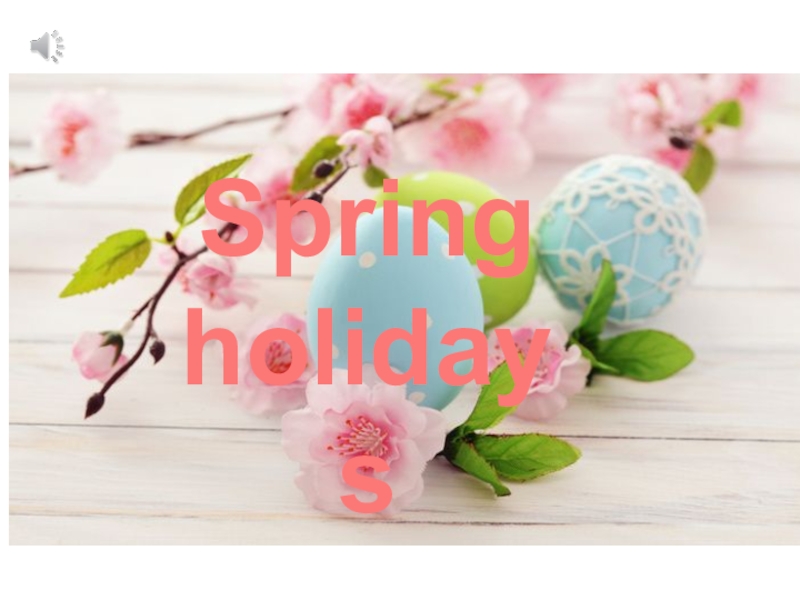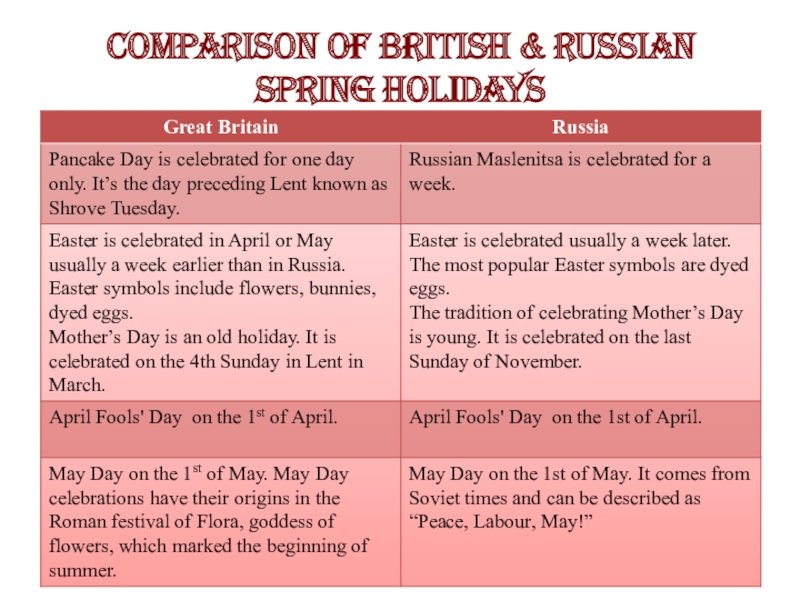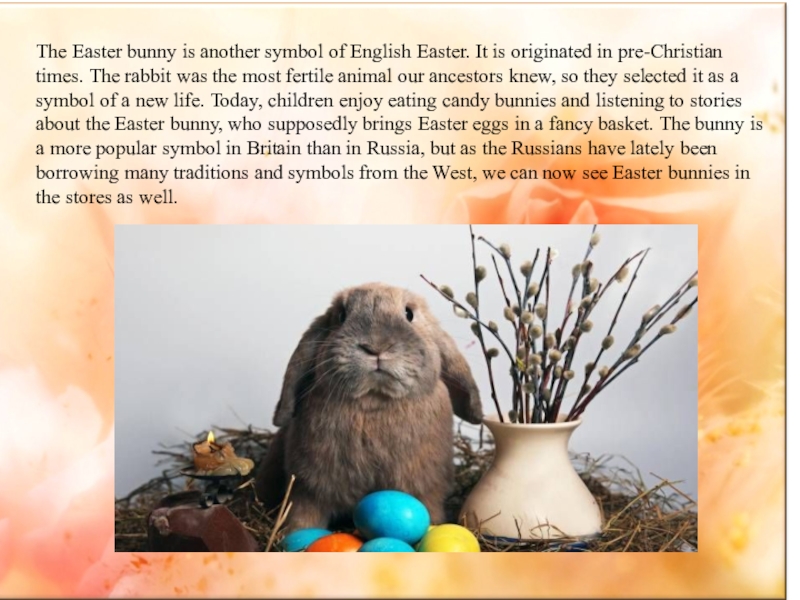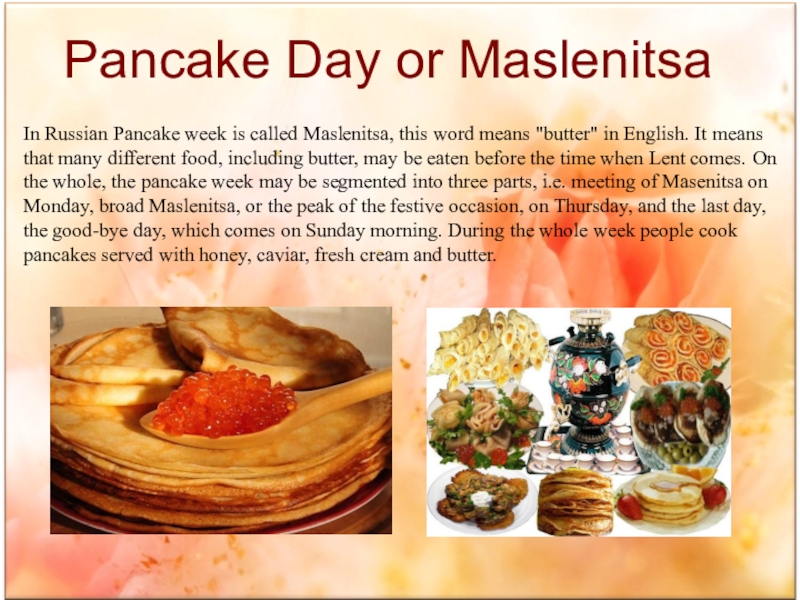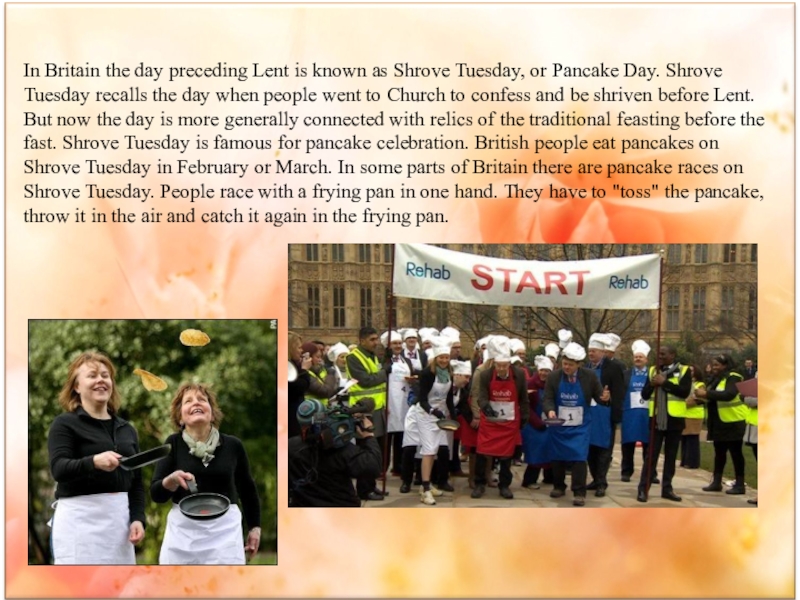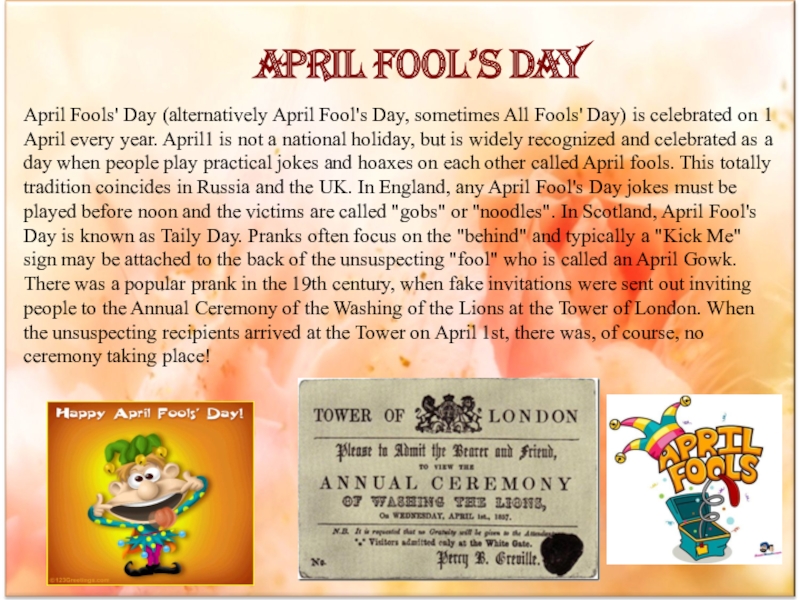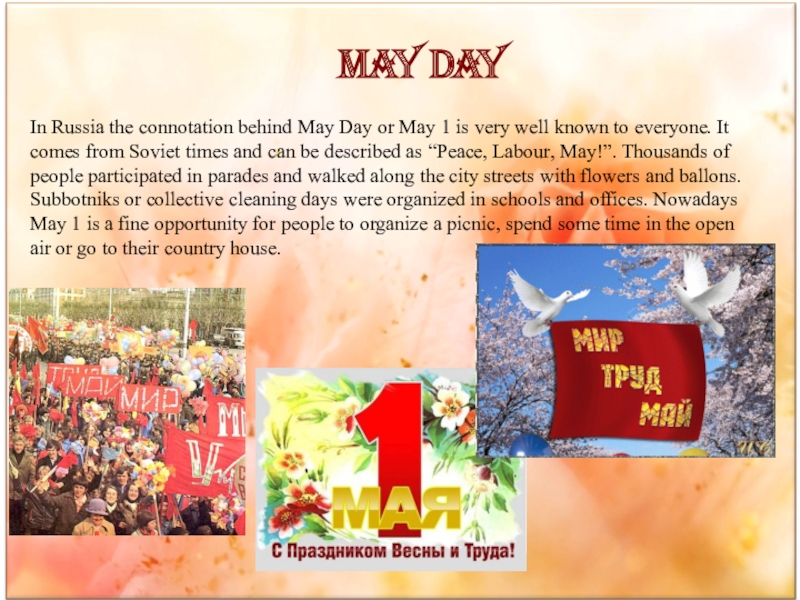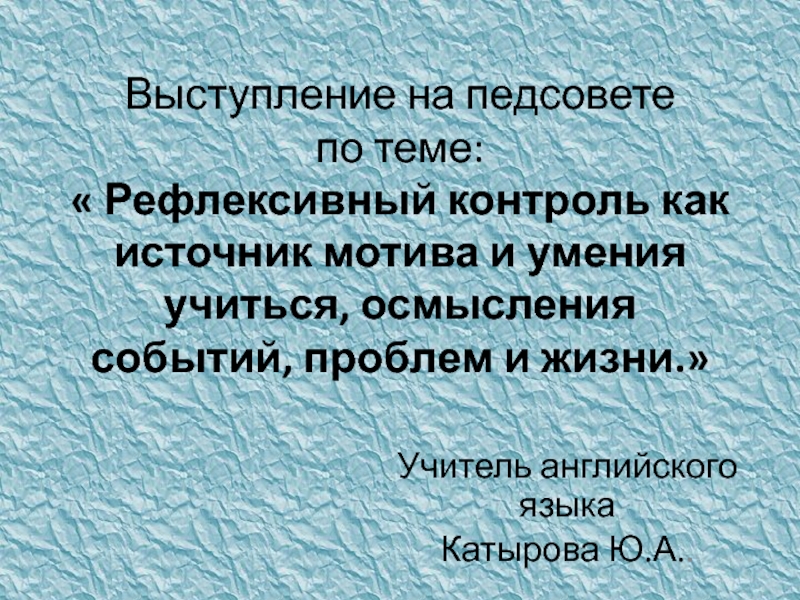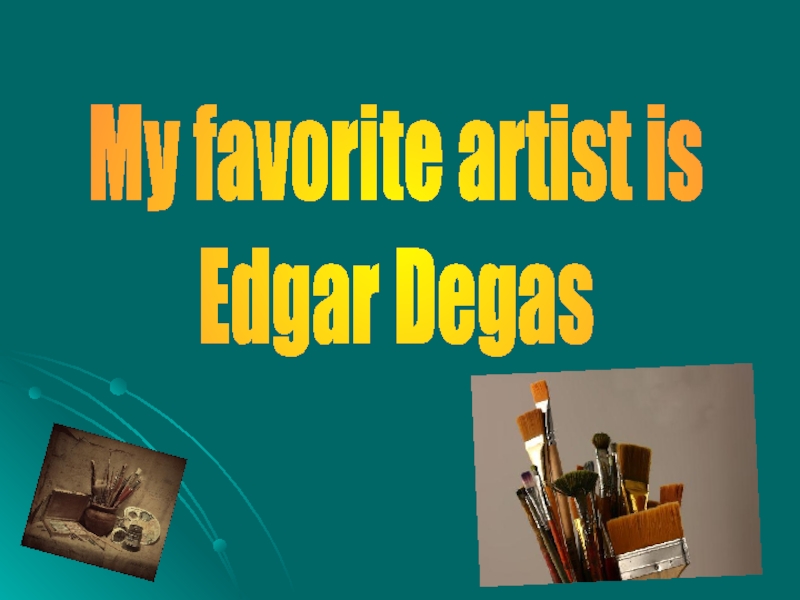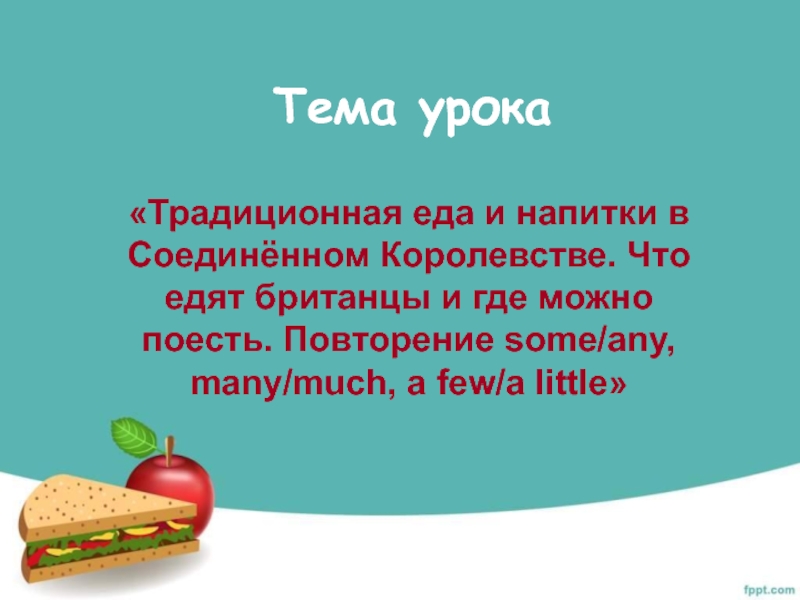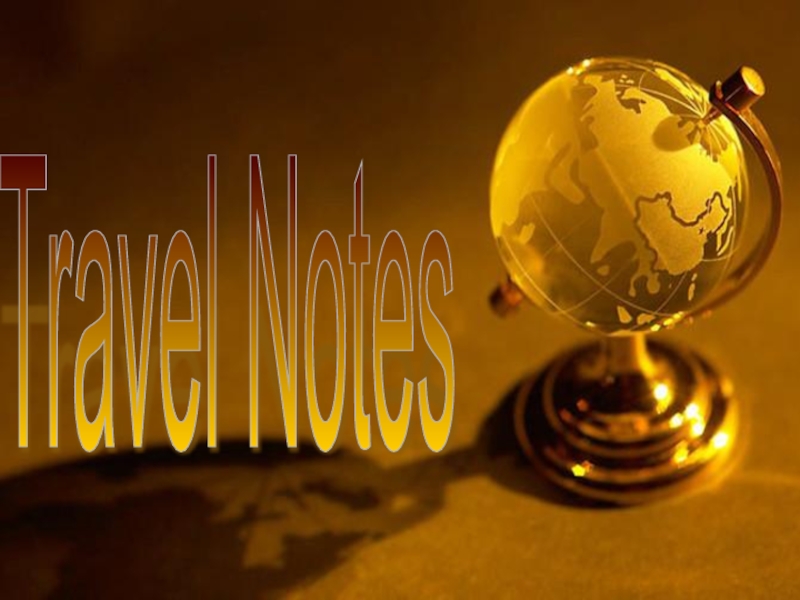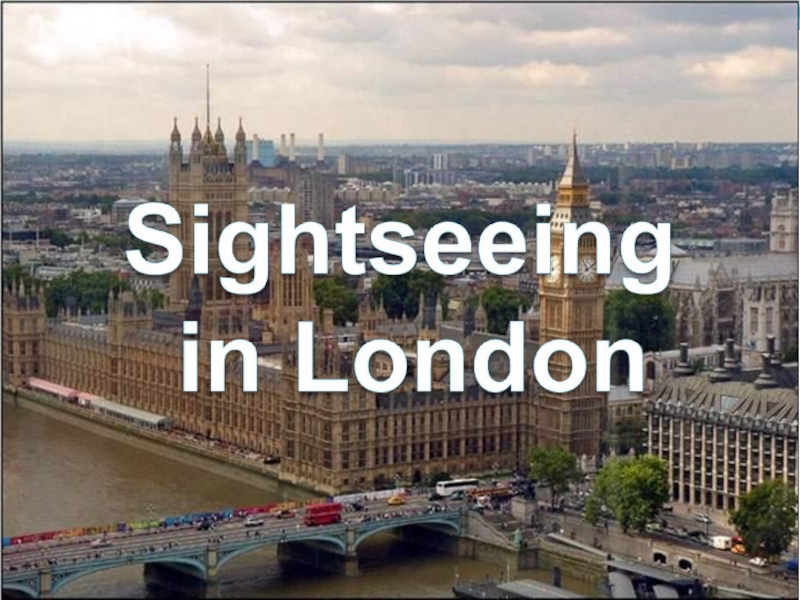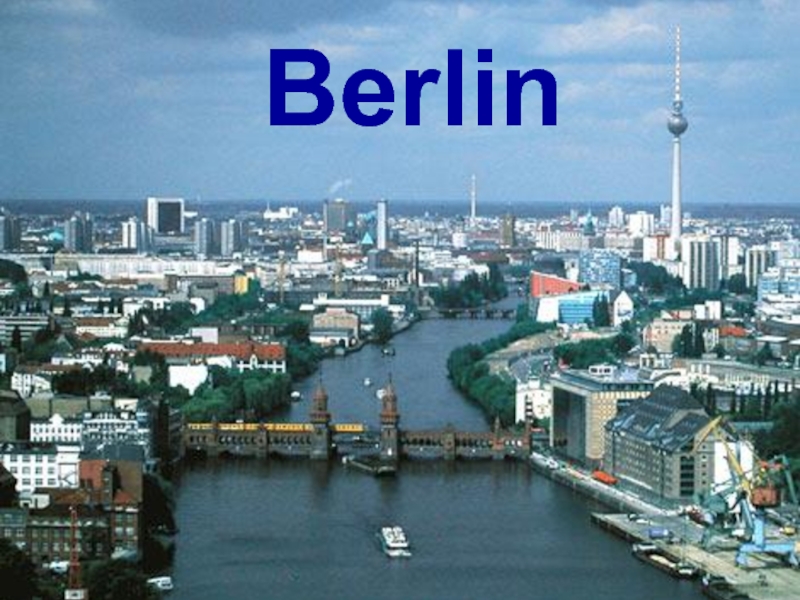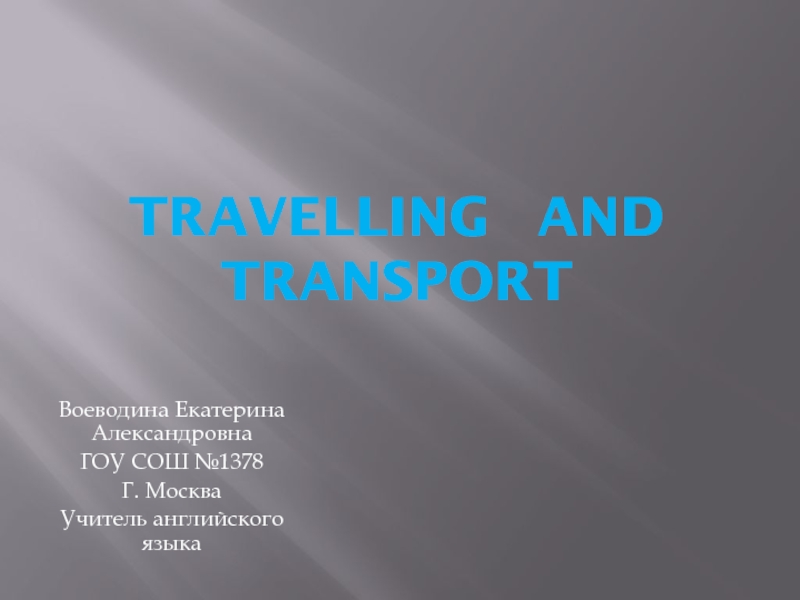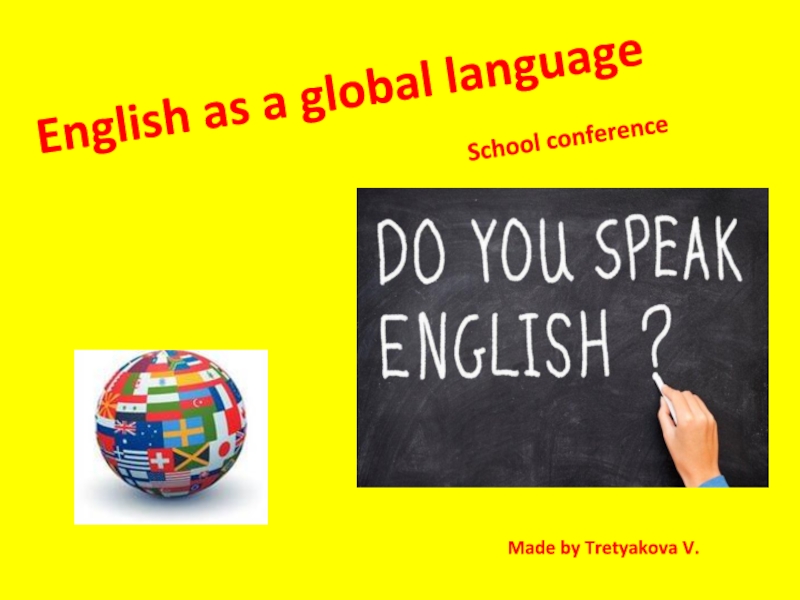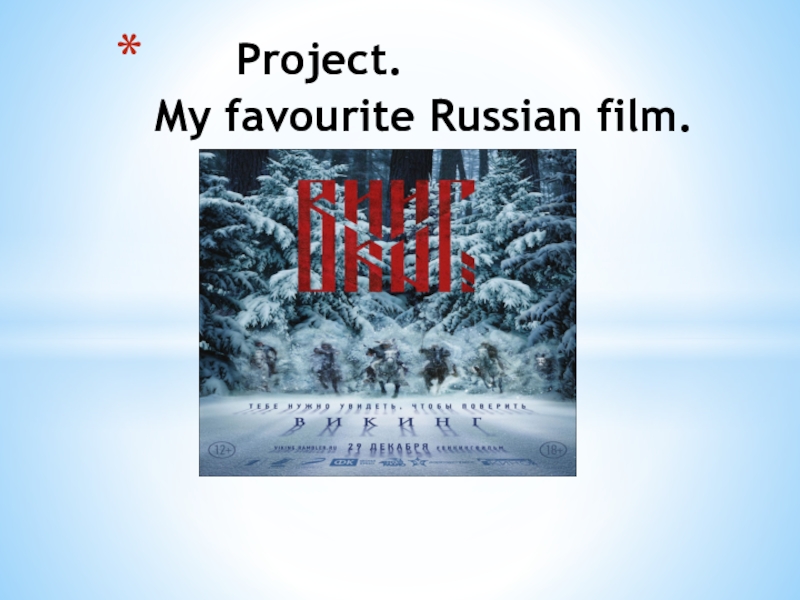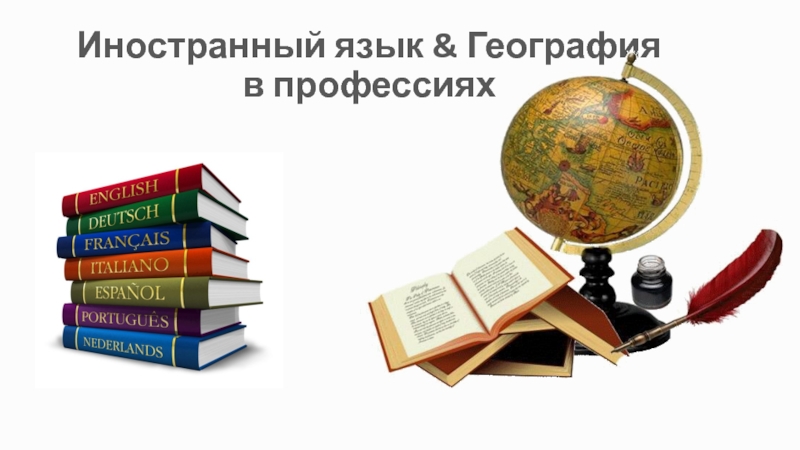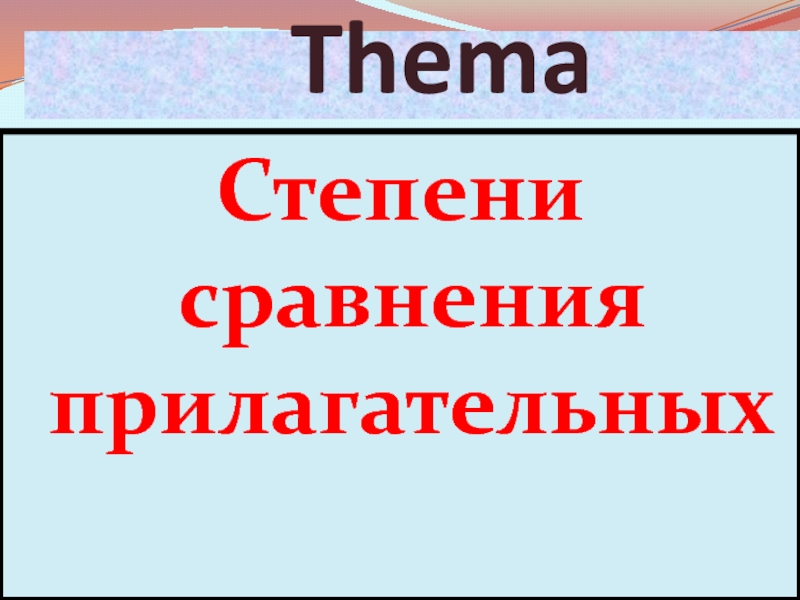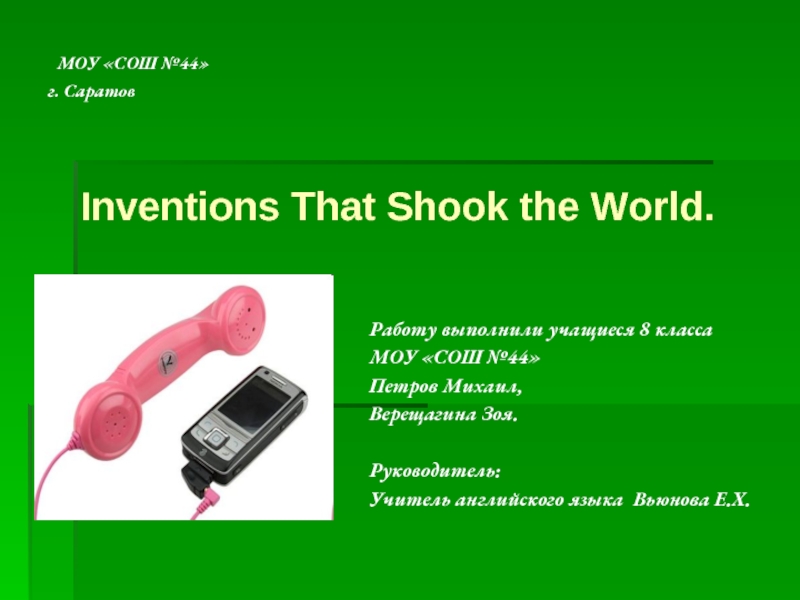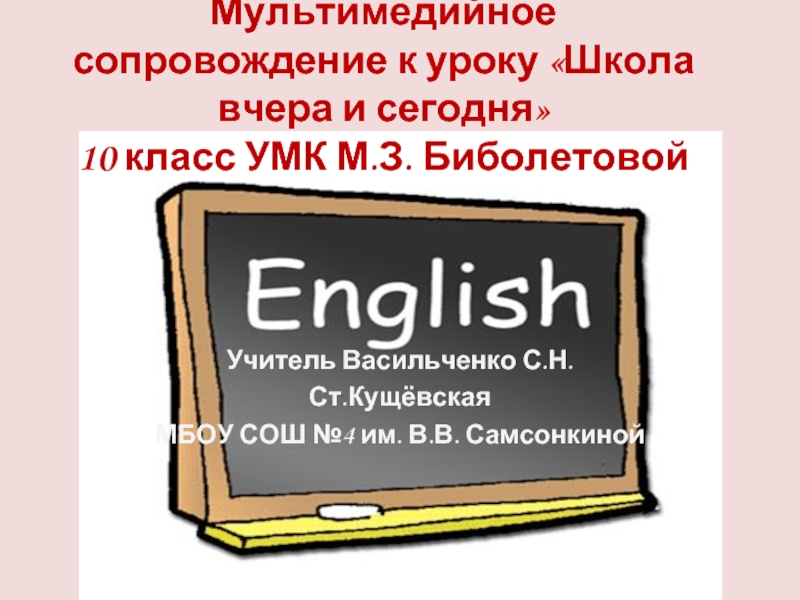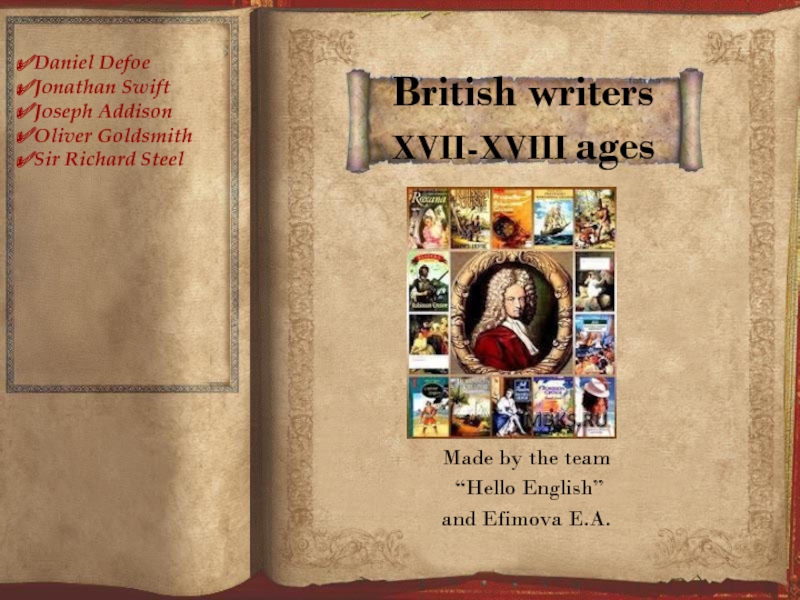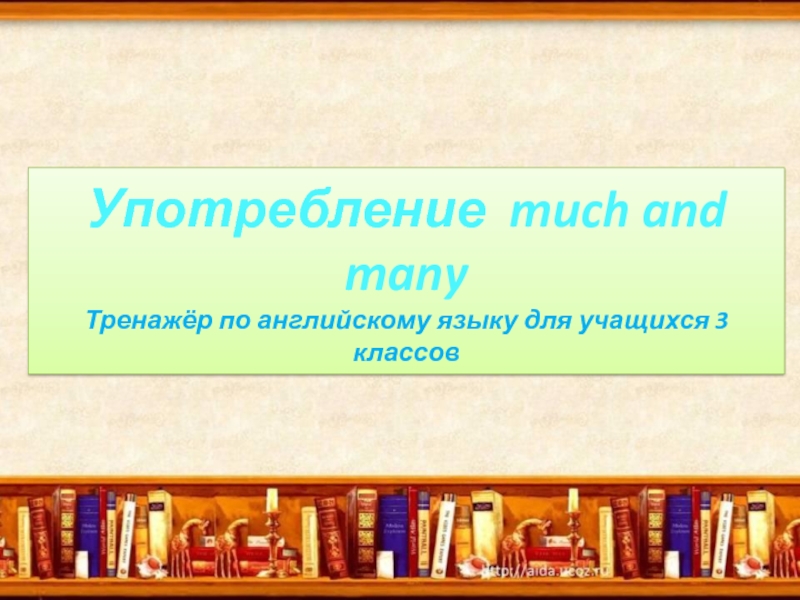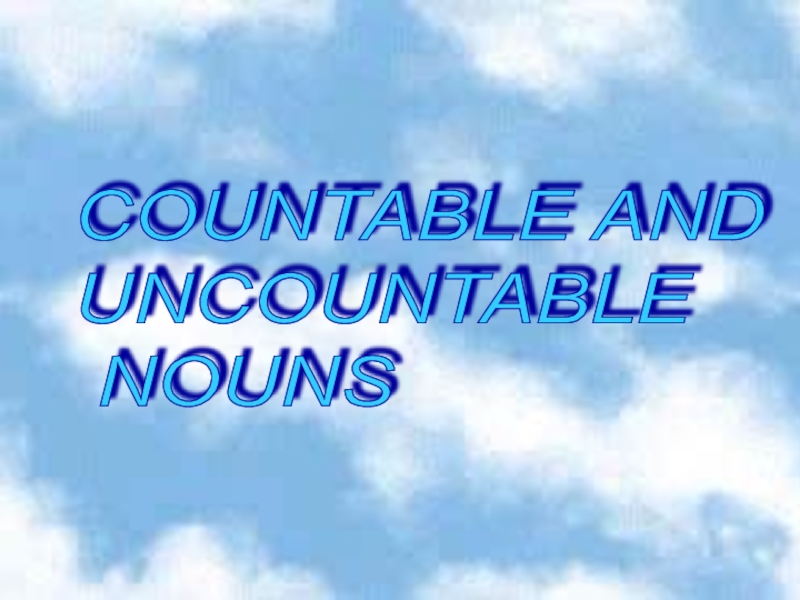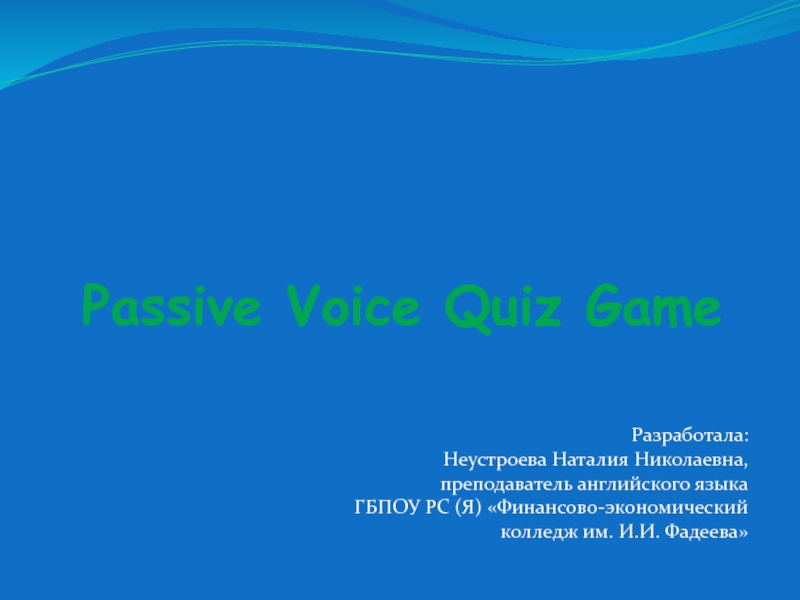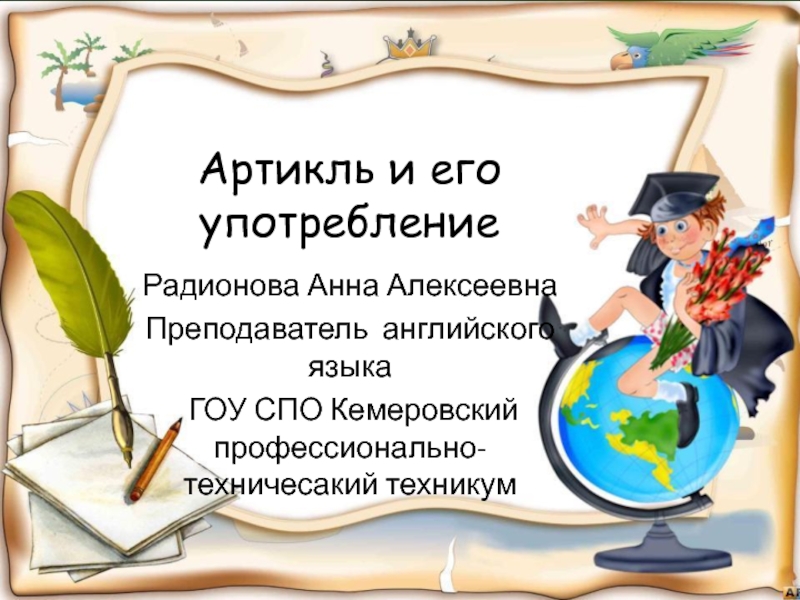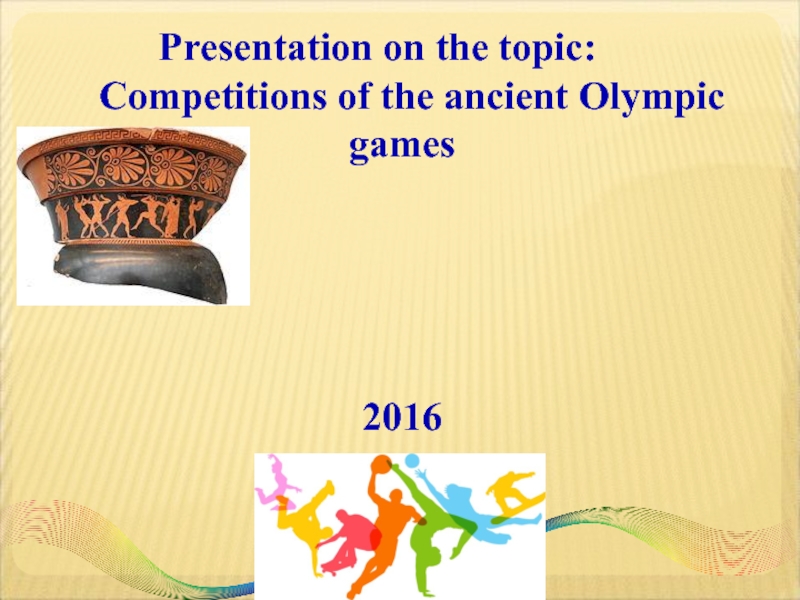Слайд 2Comparison of British & Russian spring holidays
Слайд 3Easter in Russia & the UK
The world “Easter” owes its
name and many of its customs and symbols to a
pagan festival called Eostre. Eostre, the Anglo-Saxon goddess of springtime and sunrise, got her name from the word East, where the sun rises. Every spring northern European people celebrated the festival of Eostre to honour the awakening of new life in nature. Christians related the rising of the sun to the resurrection of Jesus and their own spiritual rebirth. The word “Pasqua” is of a Jewish origin, it means passing with the Christ to other life, deliverance from death.
The event of resurrection of Christ took place on the third day after the death of Jesus. That day an angel came down from heavens, threw away the stone from a door of a coffin and sat on it. When devoted women among whom there was also Maria Magdalena came to pray at a coffin, the angel announced Resurrection of the Lord. The Resurrection of the God's Son defeated death of flesh and opened the way for spiritual life. Easter for Christians is transition from death to eternally blessed life. All the above mentioned is true for both Russia and Great Britain, as the two nations are Christians. However, Russians are Orthodox and British are Catholics, so the day Easter is celebrated in the two countries does not usually match. Catholic Easter is usually a week earlier than the Orthodox one.
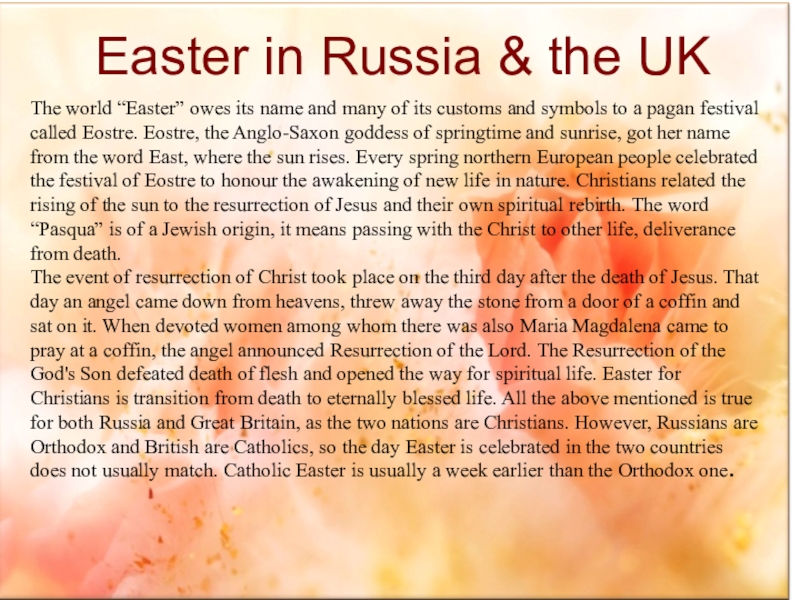
Слайд 4Many modern Easter symbols come from pagan times. The egg,
for instance, was a fertility symbol long before the Christian
era. The ancient Persians, Greeks and Chinese exchanged eggs at their spring festivals. In Christian times the egg took on a new meaning symbolizing the tomb from which Christ rose. The ancient custom of dyeing eggs at Easter time is still very popular. The egg is the main paschal symbol of resurrection as an egg brings new essence. There is an old Russian Easter tradition - on this day people greet each other with three times kisses and with words "Christ arise!" During the paschal greeting and salutation believers give each other red eggs. This custom comes from old times. When Maria Magdalene came to emperor Tiberius, she brought him a red egg as a gift with the salutation "Christ has arisen!" A red color is the color of blood on the cross that Christ shed for atonement sins of the world.
Слайд 5In England, children roll eggs down hills on Easter morning,
a game connected to the rolling away of the rock
from Jesus Christ's tomb. It consists of rolling coloured, hardboiled eggs down a slope until they are cracked and broken after which they are eaten by their owners. In some districts this is a competitive game, the winner is the player whose egg remains longest undamaged, but more usually, the fun consists simply of rolling and eating. In Russia there is also a custom of beating the eggs.
Слайд 6The Easter bunny is another symbol of English Easter. It
is originated in pre-Christian times. The rabbit was the most
fertile animal our ancestors knew, so they selected it as a symbol of a new life. Today, children enjoy eating candy bunnies and listening to stories about the Easter bunny, who supposedly brings Easter eggs in a fancy basket. The bunny is a more popular symbol in Britain than in Russia, but as the Russians have lately been borrowing many traditions and symbols from the West, we can now see Easter bunnies in the stores as well.
Слайд 7Pancake Day or Maslenitsa
In Russian Pancake week is called Maslenitsa,
this word means "butter" in English. It means that many
different food, including butter, may be eaten before the time when Lent comes. On the whole, the pancake week may be segmented into three parts, i.e. meeting of Masenitsa on Monday, broad Maslenitsa, or the peak of the festive occasion, on Thursday, and the last day, the good-bye day, which comes on Sunday morning. During the whole week people cook pancakes served with honey, caviar, fresh cream and butter.
Слайд 8In Britain the day preceding Lent is known as Shrove
Tuesday, or Pancake Day. Shrove Tuesday recalls the day when
people went to Church to confess and be shriven before Lent. But now the day is more generally connected with relics of the traditional feasting before the fast. Shrove Tuesday is famous for pancake celebration. British people eat pancakes on Shrove Tuesday in February or March. In some parts of Britain there are pancake races on Shrove Tuesday. People race with a frying pan in one hand. They have to "toss" the pancake, throw it in the air and catch it again in the frying pan.
Слайд 9The idea behind Maslenitsa is very similar in both countries.
However, Russians decided to celebrate it for a week instead
of a day. Maslenitsa is a very important feast for the Russians, probably, that’s why many of them chose to fast after it. Maslenitsa is a much brighter, more interesting and popular holiday in Russia than in the UK.
Do you know that for 15 years the holiday of Russian Maslenitsa has been widely celebrated in London? Britain has become a home for hundreds of thousands of Russians. In gratitude for this hospitality, they have taken to sharing with the British what they have: rich culture and traditions. Even the Lord mayor of London makes his special greeting partly in Russian on Maslenitsa. The whole event is accompanied by folk songs and dances, sweet-smelling pancakes, performances in Trafalgar Square. Trafalgar Square transforms into a bustling bazaar exhibiting and selling original Russian Art, handicrafts and souvenirs.
Слайд 10April Fools' Day (alternatively April Fool's Day, sometimes All Fools'
Day) is celebrated on 1 April every year. April1 is
not a national holiday, but is widely recognized and celebrated as a day when people play practical jokes and hoaxes on each other called April fools. This totally tradition coincides in Russia and the UK. In England, any April Fool's Day jokes must be played before noon and the victims are called "gobs" or "noodles". In Scotland, April Fool's Day is known as Taily Day. Pranks often focus on the "behind" and typically a "Kick Me" sign may be attached to the back of the unsuspecting "fool" who is called an April Gowk. There was a popular prank in the 19th century, when fake invitations were sent out inviting people to the Annual Ceremony of the Washing of the Lions at the Tower of London. When the unsuspecting recipients arrived at the Tower on April 1st, there was, of course, no ceremony taking place!
April fool’s Day
Слайд 11May Day
In Russia the connotation behind May Day or May
1 is very well known to everyone. It comes from
Soviet times and can be described as “Peace, Labour, May!”. Thousands of people participated in parades and walked along the city streets with flowers and ballons. Subbotniks or collective cleaning days were organized in schools and offices. Nowadays May 1 is a fine opportunity for people to organize a picnic, spend some time in the open air or go to their country house.
